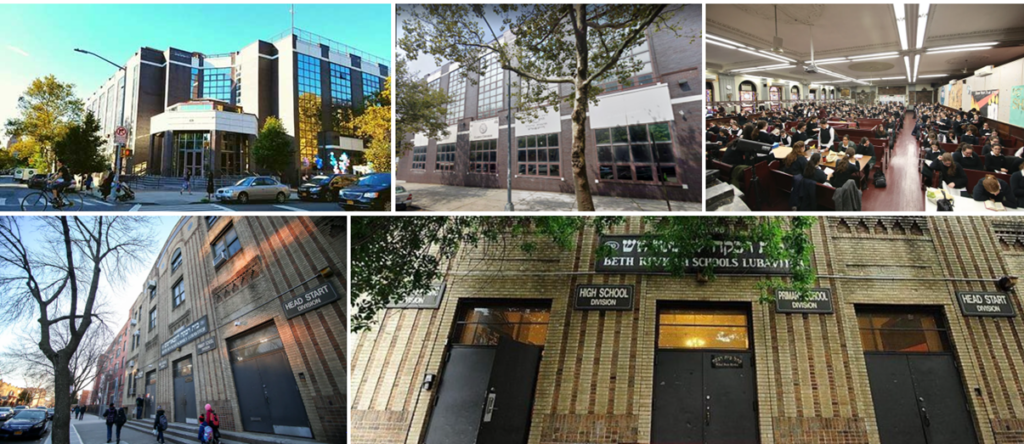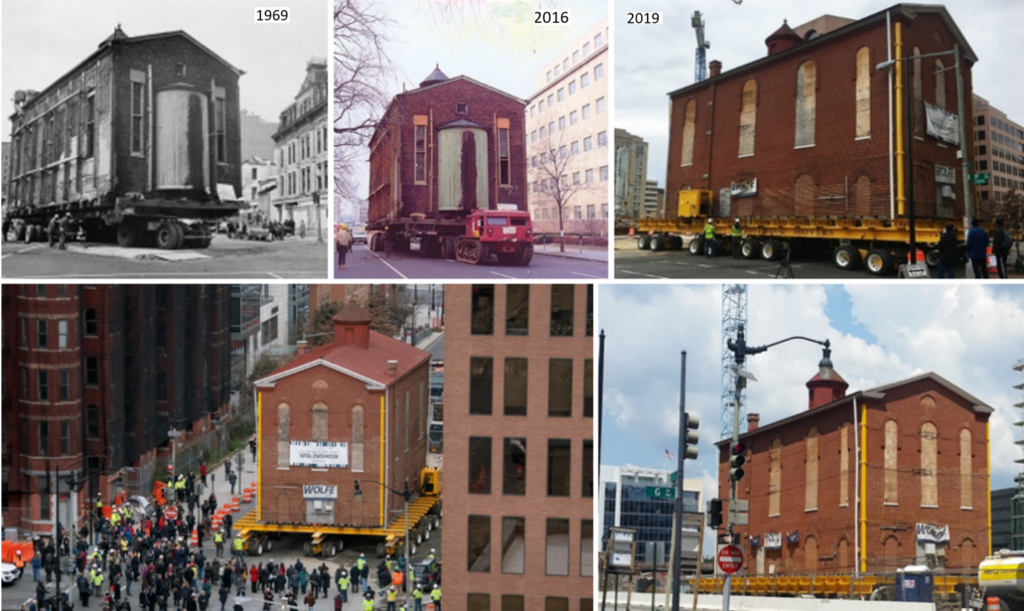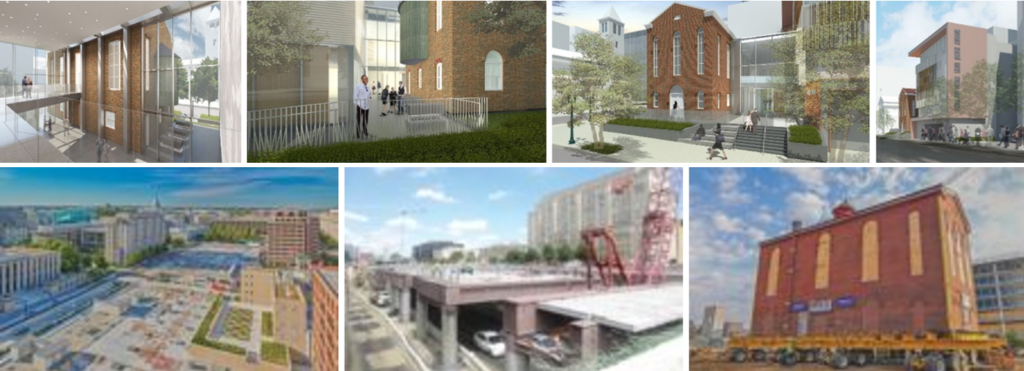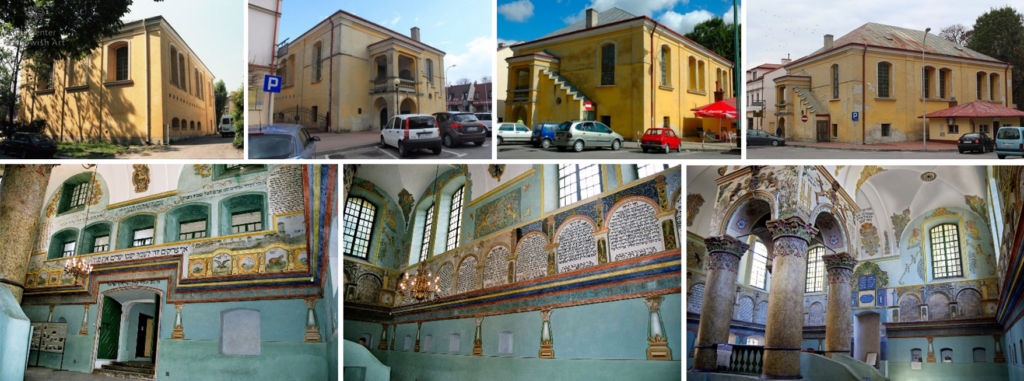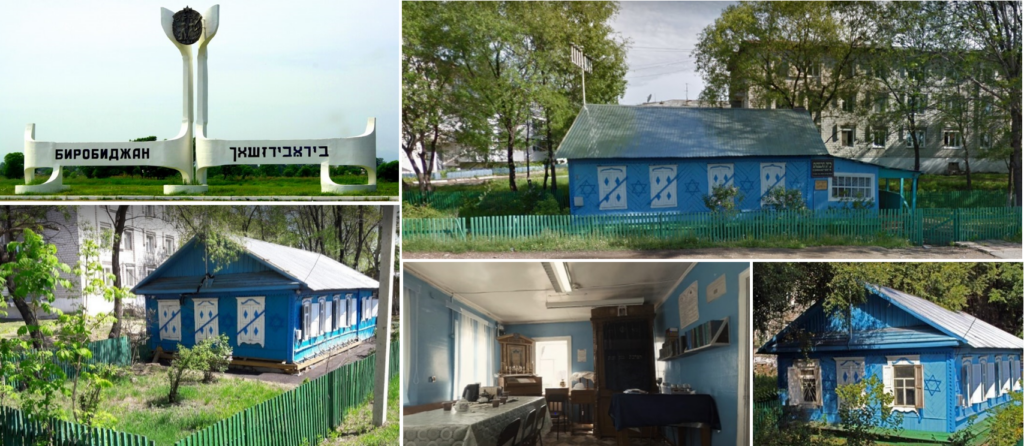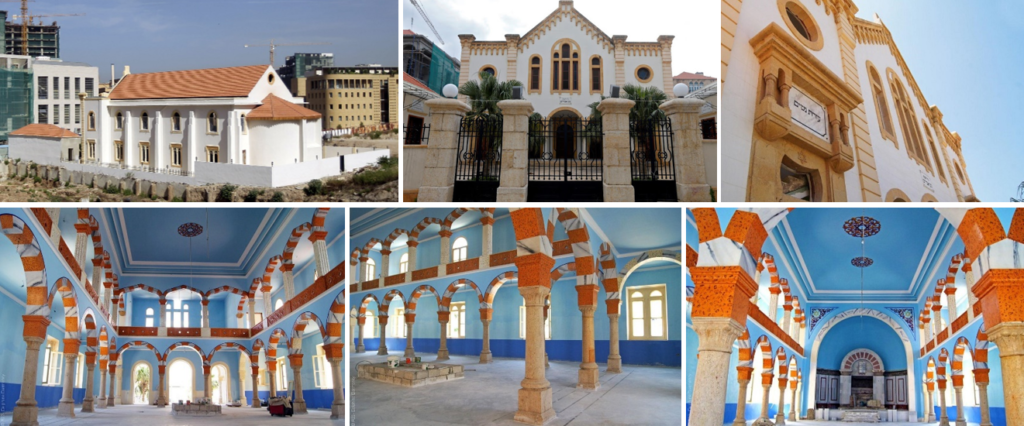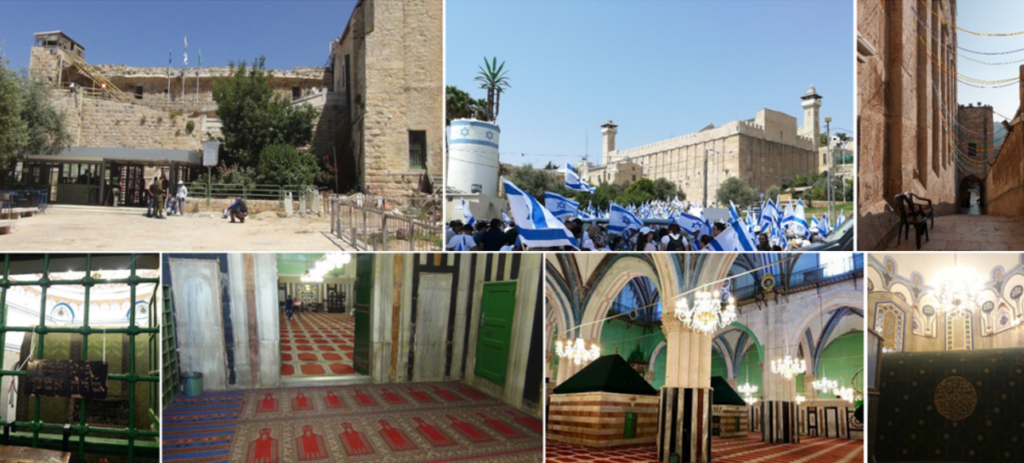
Parshas Chayei Sarah (חַיֵּי שָׂרָה – life of Sarah), Genesis 23:1-25:18.
Abraham buys a burial place for his wife Sarah. He commissions his servant Elierez to find a wife for his son, Ytz’hak.
Genesis, chapter 23, verse 19
וְאַחֲרֵי-כֵן קָבַר אַבְרָהָם אֶת-שָׂרָה אִשְׁתּוֹ, אֶל-מְעָרַת שְׂדֵה הַמַּכְפֵּלָה עַל-פְּנֵי מַמְרֵא–הִוא חֶבְרוֹן: בְּאֶרֶץ כְּנָעַן
Then Abraham buried Sarah, his wife, in the vault of the field of Makhpelah, opposite Mamre, which is ‘Hevron: In the land of Cana’an.
During the Second Temple period1, the Jews built a small building above the tombs of Abraham, Sarah, Ytz’hak, Rivka, Ya’akov, Leah and according to tradition those of Adam and Chava. In the Ist centuryBCE, Herod the Great built the Tomb of the Patriarchs in its present form.
Twenty five centuries after its acquisition, Makhpéla, this Jewish heritage was transformed into a church by the Byzantines (Vth century), then into a mosque (VIIth century). During the Crusades (1100-1187), the building was converted into a church, before becoming a mosque again.
From 1267, the Muslim occupants forbade the Jews to approach the sanctuary. In 1929, under the British mandate, the bloody riots in Hévron forced the Jews to leave the city. In 1950, the Jordanians annexed Judea and Samaria and prohibited Jews from visiting their holy places. In ‘Hévron, they destroy the Jewish quarter, the cemeteries and the Abraham Avinou synagogue.
In 1967, Israel regained control of the region. In 1979, nineteen women and forty children moved into the former Beit Hadassah2 hospital.
In 2017, UNESCO inscribed3 the Tomb of the Patriarchs on the World Heritage List as a Palestinian site, erasing the Jewish character of the place.
To counter this decision, Prime Minister Benjamin Netanyahu announces the construction of the Museum of Jewish Heritage in ‘Hévron which will be financed from Israel’s UN endowment.
1 From the VIth century BCE to the Ist century CE.
2 Rabbi Haim Rahamim Yosef Franco (1833-1901) built Beit Hadassah, a infirmary and an aid center for the needy in 1893. The building has been enlarged several times (see the site of ‘Hevron).
3 12 states voted in favor, 6 abstained and 3 voted against.
